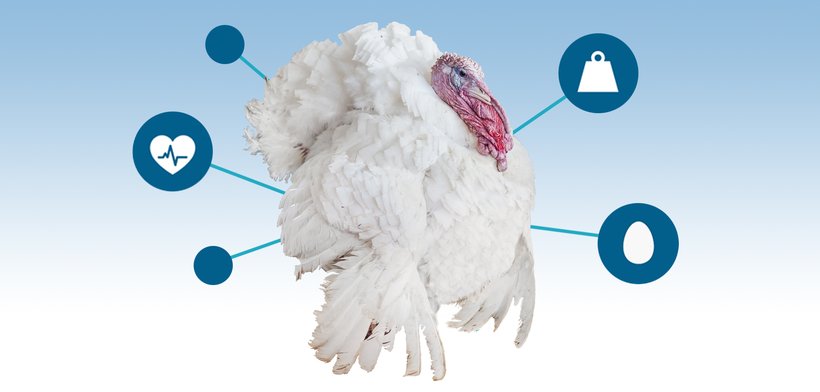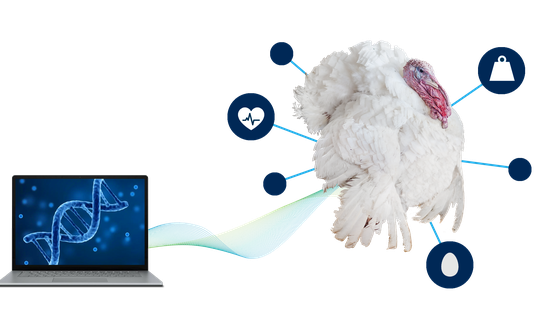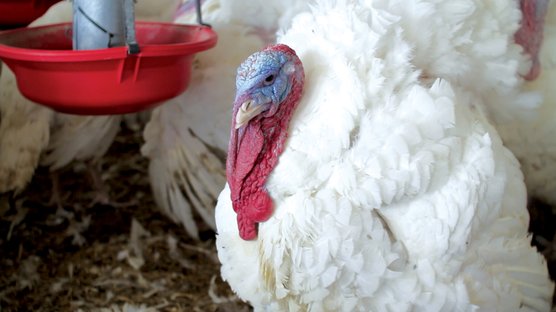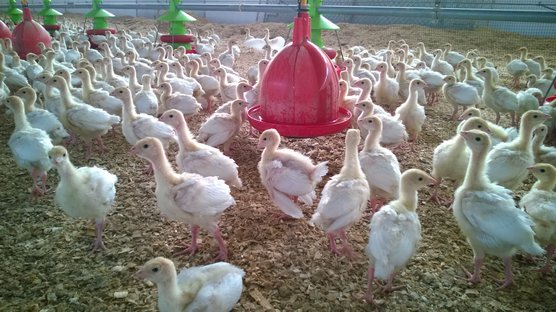
Published on May 4, 2020
Product Excellence: Are you considering all traits?
In measuring the success of a product, it is easy to focus on only a single trait while omitting the impact of others. However, superiority in one area does not necessarily result in better overall value for a company.
The animal protein value chain is complex, and there are several important traits that need to be considered when determining overall profitability.
For example, a 1% difference between products on a trait such as breast meat yield might become insignificant when total carcass weight is factored in, as a heavier bird will naturally produce more breast meat, thus increasing total profit from the carcass. Or an increase in body weight may seem appealing but have you considered the impact to egg production or livability?
The most valued trait is a moving target
It’s important to remember that the traits that are most highly valued by the market today will shift over time. If you consider who drives breeding decisions, there has been a noticeable shift over the past few decades from hatcheries, to growers, then processors and more and more we see pressures coming direct from consumers.
Today, in many markets, the processors are driving the demand for what traits a turkey should offer. For example, in North American markets carcass revenue is a key measurement for success. Breast meat has long been considered the most important metric, however recent data shows prices for breast meat have fallen steadily, while prices of thigh meat are on the rise.

According to analyst Urner Barry, prices of breast meat have decreased sharply in the last five years from a high of $5.53 per pound in 2016 to the 2019 low of $2.08 per pound. In contrast, prices of thigh meat have experienced moderate but steady gains; thigh meat saw modest gains in 2018, and more pronounced gains in 2019, rising from a low of $1.15 per pound to $1.56 at the end of 2019.
This example highlights the risks associated with focusing on a single trait. Changes within the market occur faster than shifts in breeding direction and thus why responsible breeders focus on a balanced breeding strategy that offers competitive performance in the needs of today, while accounting for the anticipated needs of tomorrow.
Profitability is determined by multiple factors
The truth is that there isn’t any one factor that can determine the profitability of an operation, and that the market consists of an array of companies, each with slightly different goals. No matter which trait the market currently sees as a key focus area, there will always be other factors to consider. Breast meat yield might be king today, but that doesn’t reduce the importance of factors like feed conversion and livability; being able to use less feed or increase overall flock health are just as important to maximizing producer profit margins and addressing the demands of today’s consumers.
This single-trait focus isn’t just an issue in North America; in Europe, the number of eggs produced by a bird is considered the key metric. However, one must also consider the impact of hatchability and fertility for an all-around evaluation of a product’s performance. Also, if the offspring that hatch perform better for traits like feed conversion and livability, producers will see increased profits, even if from a smaller number of eggs. Thus, demand for a different set of traits, based on their role in the production chain, is created.
Product Excellence requires a balanced approach
In a highly complex world, where the most important traits shift over time, taking a balanced approach to breeding makes more sense than allowing a single trait to drive selection. By maximizing value for several key factors, producers can more easily adapt to the demands of a changing market.
In the end, product excellence is defined by your overall business goals – which can differ, depending on your role in the value chain.



